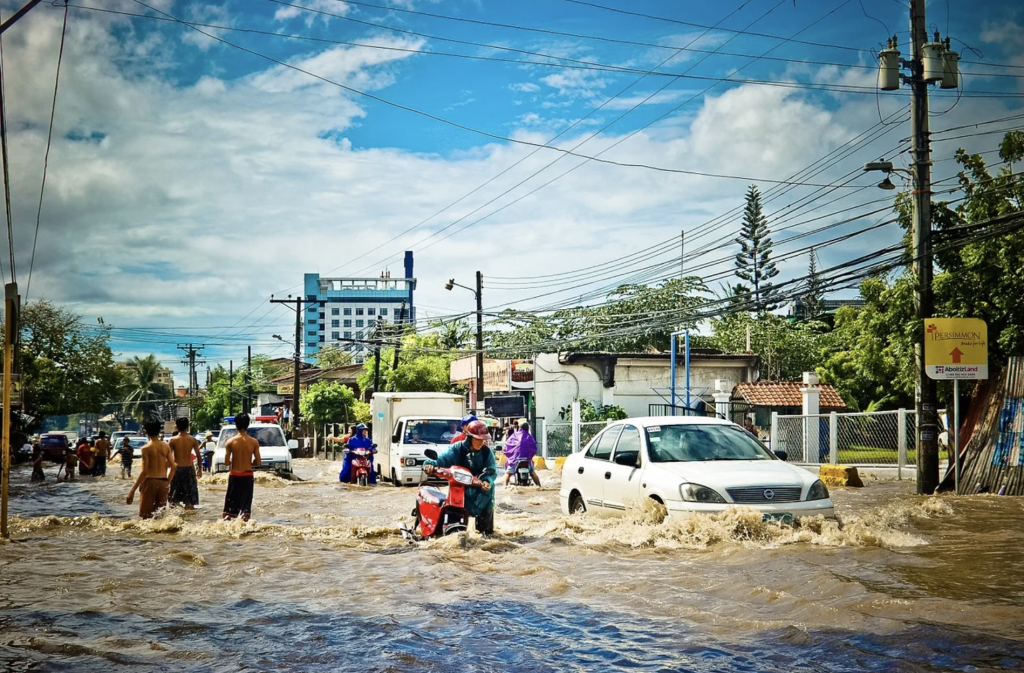
On 7 Feb 2021, massive flash flood in Indian Himalayan state of Uttarakhand, district Chamoli, caused death of 70 people and more than hundred went missing. Two power projects, the Tapovan Vishnugad Hydropower Plant and the Rishi-Ganga Hydel Project, were also badly affected and laborers got trapped in tunnels because of the incoming water.
Following the incident, the media reports started coming in with the probable cause of the incident. It is believed that a piece of broken glacier from Nanda Devi Mountain was responsible for the flooding but what’s really interesting is the cause of glacier break in the first place, that too in winters?
According to statements form the villagers, they noticed a pungent smell in the air following the flood, which triggered concerns that a lost radioactive device could have been behind the incident. In April 1978, India’s then Prime Minister, Morarji Desai, disclosed in the parliament that India and the U.S. had collaborated to plant nuclear-powered devices on the Nanda Devi Mountain to spy on Chinese.
In 1965, India’s Intelligence Bureau and U.S. Central Intelligence Agency, sent an expedition to Nanda Devi Mountain for installing a nuclear-powered surveillance device to check on China’s activities. The equipment, which was carried along, consisted of seven plutonium capsules, two radio communication sets, and a power pack. However, the operation had to be stopped midway because the mountaineers were caught in a blizzard. The team left the equipment at the base of the mountain and returned in order to save lives. The team went back to the mountain next year but could not trace the equipment, including the special container carrying the nuclear fuel consisting of seven plutonium capsules.
Whether this radioactive surveillance device caused the glacier burst or not needs to be investigated thoroughly but the mere presence of such a radioactive device in the atmosphere is an environmental hazard that demands serious attention from the IAEA and others.
According to Jim McCarthy, one of the American climbers involved in the mission “until the plutonium [the source of the radio-activity in the power pack] deteriorates, which may take centuries, the device will remain a radioactive menace that could leak into the Himalayan snow and infiltrate the Indian River system through the headwaters – Rishiganga, Dhauliganga and the Alaknanda rivers – of the Ganges”. Similarly, Capt (Retd) Manmohan Singh Kohli, who served in the Indian Navy and was part of the operation from Indian side has stated that if the radioactive material goes into Rishi-Ganga River, “the water can get very contaminated and more people would get affected, even die”. Interestingly, well before this flooding incident, the Uttarakhand Tourism Minister, Satpal Maharaj, met with PM Modi and expressed his apprehensions that an atomic device that went missing over 50 years ago may be polluting the waters of the Ganga. Mr Maharaj explained that radiation from the plutonium capsules could be polluting the snow trickling down from the Nanda Devi range into the Ganga. However, no concrete steps were taken by the Modi Government on this serious environmental issue.
The pollution of rivers by radioactive material and putting human lives in danger is not a new phenomenon in India. There have been reports by Adrian Levy, a British Journalist, that people living near the Subarnarekha River, which flows through Indian states of Jharkhand, West Bengal and Odisha has been routinely exposed to exceptionally high levels of radiation causing infertility and birth defects in the population. The source of this radiation are the mines, mills and fabrication plant of East Singhbum – district of Jharkhand state – where the state-owned Uranium Corporation of India Ltd is sitting on a mountain of 174,000 tons of raw material. Similarly, there were protests in India in Kudunkulam with regards to the construction of nuclear power plants there. The protests have been motivated due to poor construction material used in plants, their vulnerability to floods and checkered safety record of Indian nuclear industry.
These incidents show that India has little concern regarding the threat to safety and security of its citizens and environment emerging out of the radioactive sources. According to different international studies, India has an unsafeguarded fissile material (highly radioactive) for 2,680 nuclear weapons and on the other hand it has entered into civil nuclear deals with more than dozen countries to import uranium.
Even as India fails to fulfil its national responsibilities towards nuclear safety and security, the international community continues to facilitate greater buildup of these fissile and radioactive materials in India. The mere increase in available quantities of these materials increases the associated risks manifold.
If New Delhi comes clean on this fiasco of flooding from a lost nuclear device, it shall assuage concerns about environmental hazards that has been created.




Good Article
Let us not get carried awsy by silly speculations by incredible social media vloggers. Radoactivity doesn’t have any smell, neither is it visible. There is a difference between radioactive materials and chemical agents which do have smell and colours. It is better to consult some expert before writing rather than wasting energy on fairy tales and kite flying.
A well articulated argument based piece of writing with good information. Appreciatable. Stay blessed.
An excellent take on the subject.
Villagers reporting “a pungent” smell is an indication of superstition and lack of knowledge on the subject that seems to prevail in India.
Until the radioactive material degrades, it will remain a continuous source of heat and radiation into the environment.